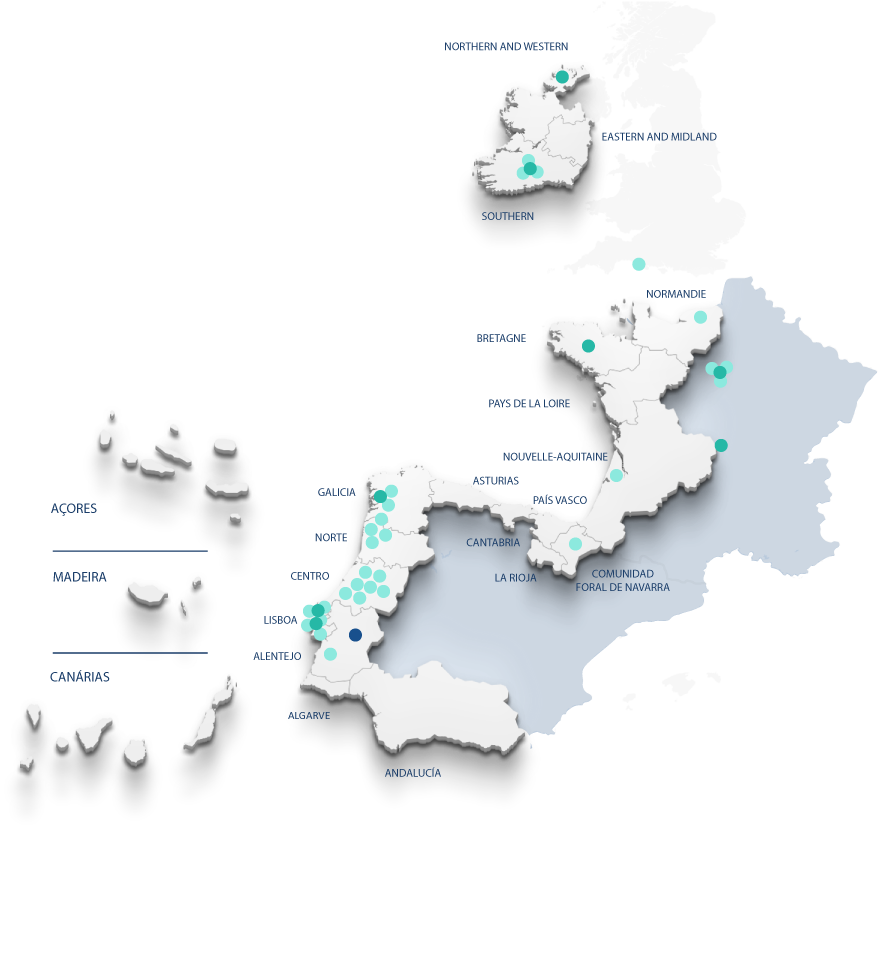About
General Objetive
DiadSea aims to foster transnational cooperation in the Atlantic Area (AA) to enhance the sustainable management and conservation of diadromous fishes (DF) in marine habitats. It aims to:
i) Identify and fill knowledge gaps in DF marine habitats;
ii) Anticipate the distribution range shifts of DF due to climate and oceanographic changes;
iii) Develop innovative cooperative solutions to protect DF biodiversity and natural resources in marine habitats — and subsequently in freshwater habitats.
Why is DiadSea important?
Marine ecosystems are losing biodiversity due to human impact and climate change. Diadromous fish (DF), which migrate between fresh and marine waters, provide key ecosystem services and are vital to local communities. However, DF face numerous human-driven threats — especially during their poorly understood marine phase. Current local management efforts are insufficient. A transnational, cooperative approach is essential to conserve DF, ensure connectivity, and address shared threats across their Atlantic range.
Main Outputs
Three main outputs will be produced to strengthen the capacity of policymakers and other key stakeholders to make effective, informed decisions regarding the management of diadromous fishes, especially in the context of climate change:
- ▪️ Updated Interactive Web Atlas: Projects DF distribution changes under climate change to support regulatory bodies in managing and protecting vulnerable stocks.
- ▪️ Transnational Observatory: A platform for elected national representatives to discuss DF management from an international perspective and share best practices.
- ▪️ Tools for Capacitation and Capitalization: Promotes long-term DF conservation by transforming knowledge into practical tools — such as a label of origin and educational resources.

Lead partner (dark blue), beneficiary partners (dark green) e associated partners (light green)
